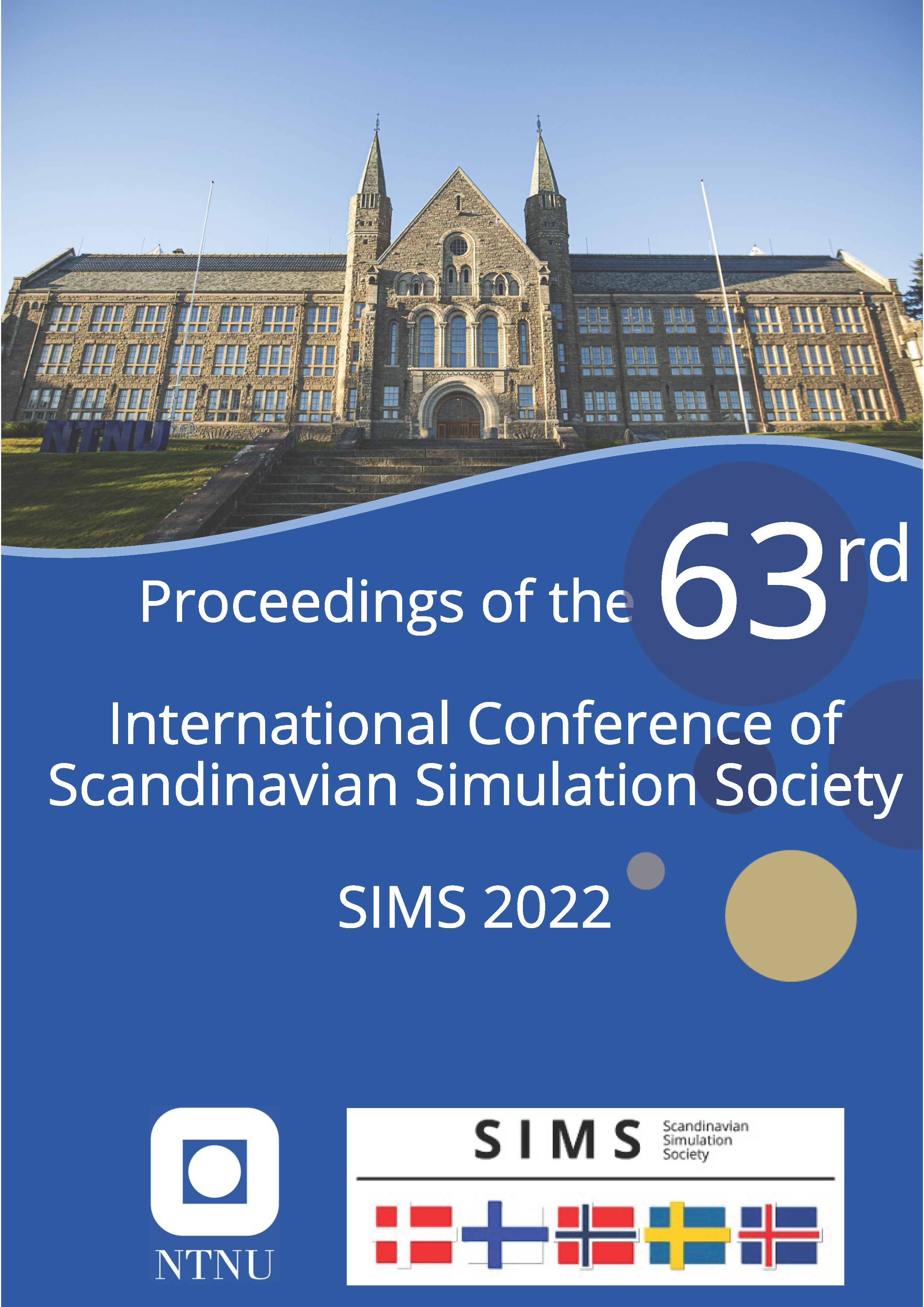Modeling of the two-phase flow during depressurization of liquified CO2 in a pipe
DOI:
https://doi.org/10.3384/ecp192032Keywords:
CO2 depressurization, Two-phase flow, Rapid transition, homogeneous equilibrium model, central-upwind-WENO schemeAbstract
Modeling transient CO2 two-phase flow in a pipe is essential in studying depressurization mechanisms resulting from liquified CO2 accidental release. Generated data from such models predict the released flow characteristics and possible propagating fractures. Accordingly, they provide valuable input for risk prevention in designing and safely operating CO2 transport pipelines. CO2 depressurization simulation involves fluid-mechanical and thermodynamic models, primarily expressed by hyperbolic partial differential equations and an equation of state (EOS). Besides, these models are solved with appropriate numerical methods. This paper deals with a drift flux - homogeneous equilibrium model (HEM) construction utilizing central-upwind-weighted essentially non-oscillatory (WENO) numerical schemes to describe two-phase flow during CO2 decompression in a pipe. Rapid transition in mass, momentum, and energy at the interface between liquid and vapor phases is assumed in the flow HEM. Thus, the two-phase flow is in a thermal, mechanical, and chemical equilibrium. The thermodynamic properties are calculated by applying Span-Wagner EOS. The high-resolution second-order central, central-upwind, and third-order weighted essentially non-oscillatory (WENO) schemes have been executed with the HEM, and they effectively captured rapid phase transition. The central-upwind and essentially non-oscillatory (ENO) schemes' stencils can be appropriate for constructing a higher-order accuracy central-upwind-WENO scheme. This structured scheme uses a smoothness indicator as an alternative to the limiter function. Besides, the variables in the cell interface are determined by WENO reconstruction, while central-upwind is used to compute the flux properties.
Downloads
Published
Issue
Section
License
Copyright (c) 2022 Osama M. Ibrahim, Prasanna Welahettige, Knut Vågsæther, Bernt Lie

This work is licensed under a Creative Commons Attribution 4.0 International License.

